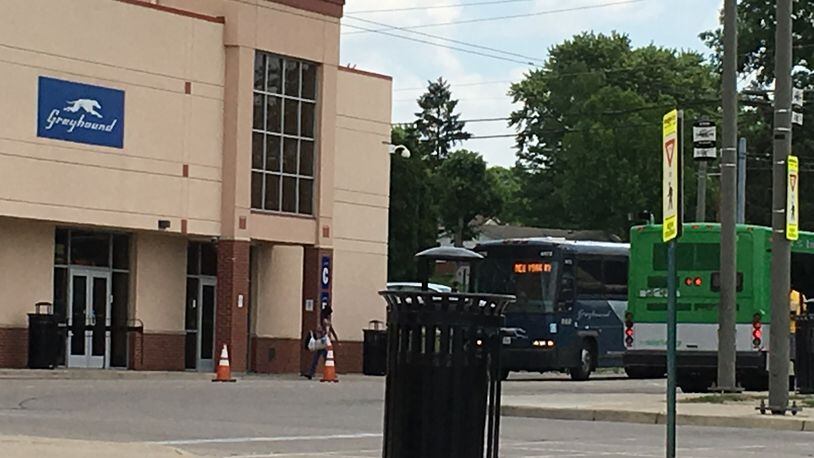The study notes that the area’s Greyhound station today is in Trotwood, about seven miles from downtown, and that the international airport here lost Southwest Airlines service this year.
RELATED: ODOT chief: Ohio will create roads of the future
Basically, Dayton does not do well in this study, which explores a lack of ground-travel options, exploring transportation gaps in Amtrak and inter-city bus travel.
Dayton is listed as among the cities identified as “pockets of (transportation) pain.” The study says Dayton is one of 9 metropolitan areas with populations of 700,000 or more which lack any service by Amtrak or express coach lines.
The study focuses on inter-city bus and train travel, or travel to cities outside the service area of regional bus agencies, as the Greater Dayton RTA.
ON THE ROAD: Large trucks get the blame, but car drivers cause majority of wrecks
“These ‘pockets of pain,’ such as Phoenix, Columbus and Dayton, Tulsa, and Ft. Myers and Sarasota, are largely inaccessible to inter-city travelers who seek to avoid flying or driving but are unwilling to use conventional bus lines,” the report says.
Joseph Schwieterman — a study author, a professor at DePaul and a Dayton-area native who grew up near Sidney — said in an interview Thursday that Dayton “is a large diversified city that should have an express coach service to Chicago at a minimum. The distances to other big cities (from Dayton) are almost perfect for bus and rail travel. It has been dealt a poor hand for giving travelers options.”
“You could almost say that with the loss of Southwest Airlines that the challenge for people who want to make short-hop trips at the last moment has only grown,” he added.
He distinguished between express coach travel and more “conventional” travel such as most Greyhound lines, which are open to those who buy tickets and get in line for their seats, but do not guarantee seats. Express coach tickets guarantee a seat.
“The biggest takeaway, we argue, is that it has actually gotten harder to avoid driving,” he said. “And that’s a big claim.”
That conclusion is especially remarkable in an era of Uber and other similar ride-sharing services, he said.
“I think rail and bus service adds to the cosmopolitan character of a city. So Dayton could benefit” from those travel options, Schwieterman said.
He believes low fuel prices have hurt inter-city travel options, allowing more people to opt to drive.
About the Author
